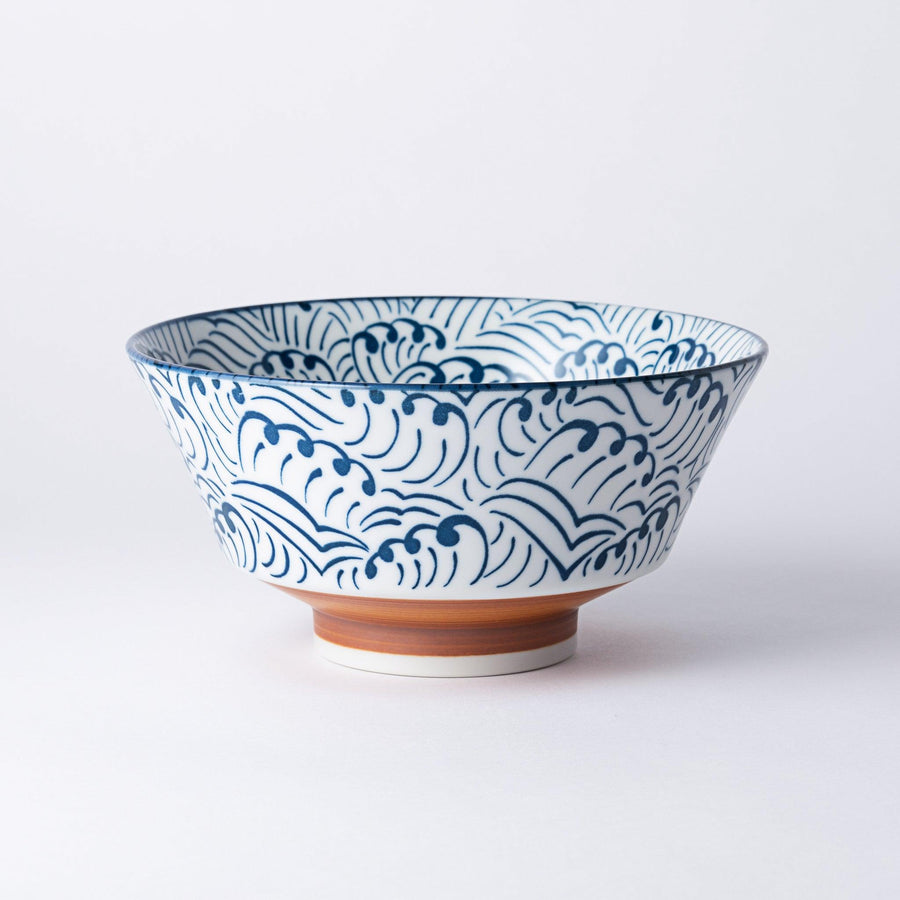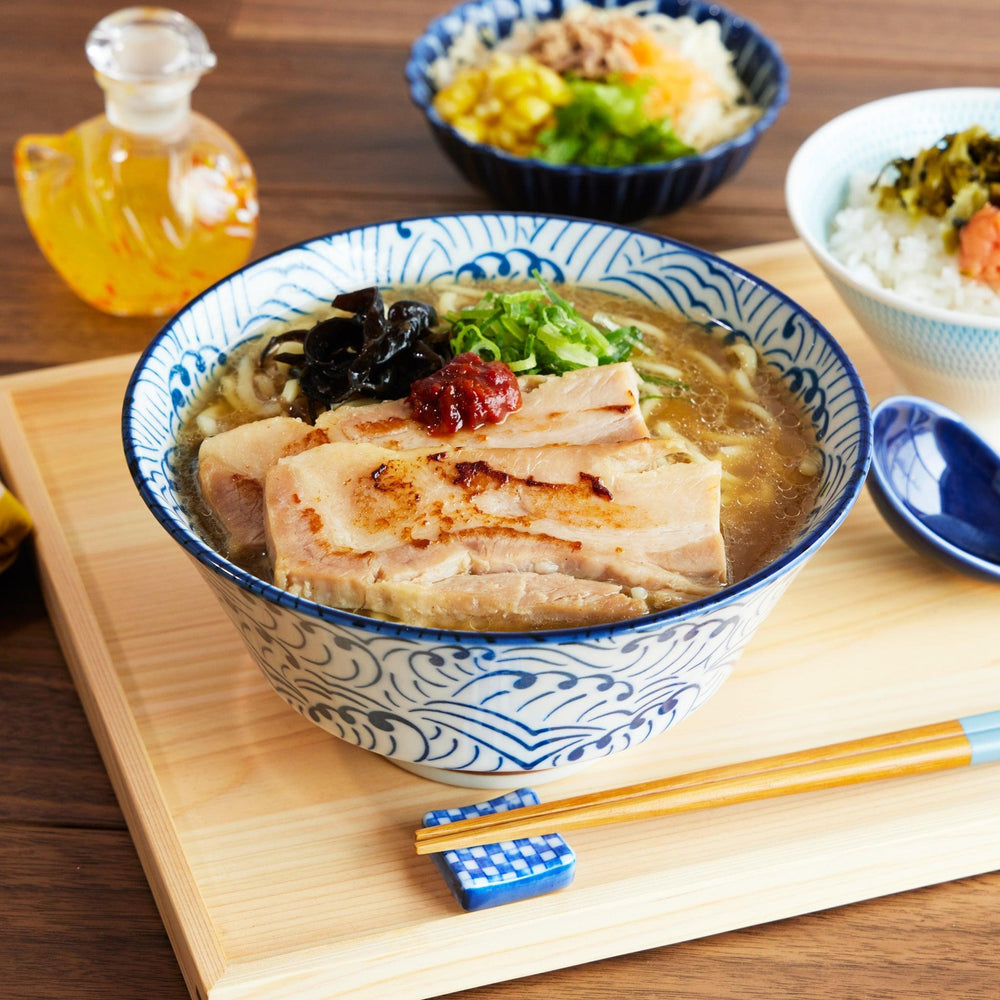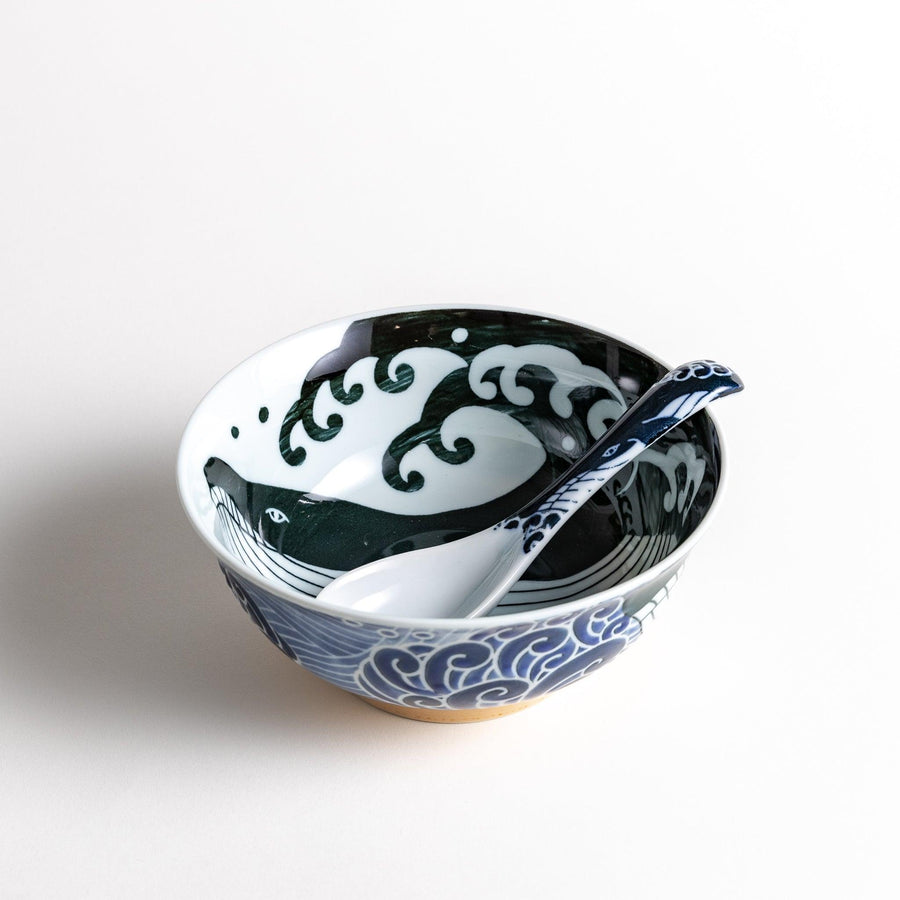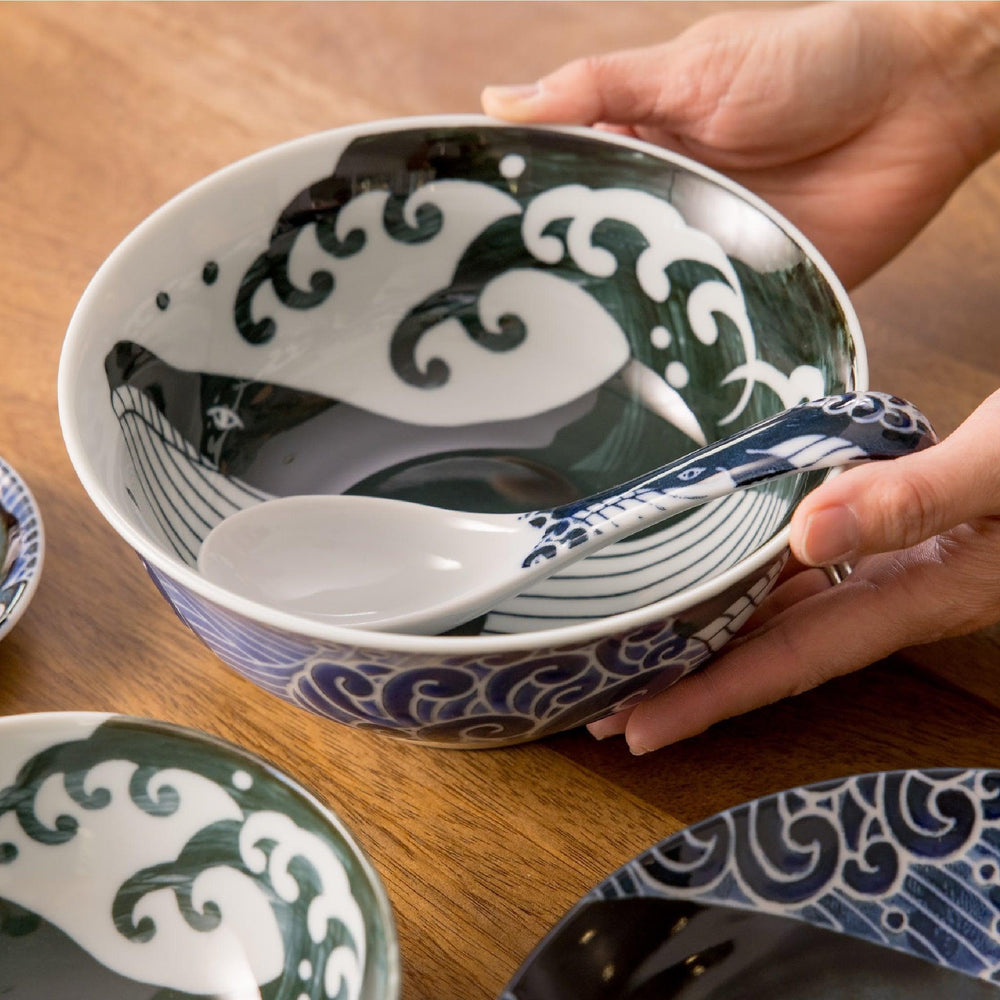Tenugui: The Japanese Towel That Does It All
Known for their artful designs and vibrant patterns, tenugui (手拭い) are versatile and aesthetically pleasing pieces of Japanese cloth that have become an essential part of daily life and cultural practices in Japan. What makes these unassuming fabrics so special?
In this guide, we’ll explore the origins of tenugui, their everyday uses, and creative ways to incorporate them into your life. For avid collectors, we’ll also share tips on how to care for these handcrafted towels to ensure they last for years to come.
The Origin of Tenugui
Tenugui, which translates to "hand towel," dates back to the Heian period (794–1185), when plain white cloths were primarily used in religious ceremonies. By the Edo period (1603–1868), advancements in dyeing techniques, particularly the chusen method, made tenugui more accessible and decorative. Merchants, artists, and even kabuki actors began using tenugui to showcase family crests, shop logos, or artistic designs.
The tenugui became not only a practical item but also a canvas for creativity, often adorned with seasonal motifs, geometric patterns, or scenes from nature. Its minimalist yet expressive designs reflect Japanese aesthetics, where beauty and functionality intertwine.
How to Use Tenugui in Everyday Life
Did you know that samurai once carried tenugui as part of their attire, using them to wrap items or clean their swords?
While we no longer live in the era of samurai, tenugui remain just as versatile today. Made from durable yet soft Chita cotton , highly regarded for its excellent absorption and quick-drying properties, our tenugui stand out as eco-friendly, multi-purpose fabrics with countless modern applications.
Here are some creative ways to use tenugui:
Kitchen use : Use them as dish towels, table runners, or food covers.
Hand towel : Perfect for drying hands or wiping surfaces, they’re lightweight, portable, and quick-drying. Bring one along for your hiking trip, picnic, or beach outing!
Gift wrapping : Swap disposable wrapping paper for tenugui and wrap gifts furoshiki-style for a personal, eco-friendly touch.
Bento box wrapping: Use tenugui to insulate and carry bento boxes stylishly.
Headwear : Fold or tie one as a headband to keep hair or sweat out of your face during work or exercise.
Scarf or bandana : Add a touch of Japanese flair by wearing one around your neck or head.
Decoration : Frame a tenugui to display its intricate design or hang it as a tapestry.
Bag or pouch : Tie the corners to create an impromptu carry-all for small items.
Festival accessory : Often seen during traditional festivals, tenugui complement attire or serve as practical tools.
Cleaning cloth : You can also use the fabric for dusting or polishing delicate surfaces.
How to Care For Your Tenugui
With a little care, our chusen-dyed tenugui can last for years. Follow these simple steps to keep your tenugui vibrant and durable:

Wash Before Storing : Wash your tenugui before storing it to remove any excess dye that might bleed later.
Hand Washing is Best : Use cold water and mild detergent, avoiding bleach or harsh chemicals. Handwashing preserves the fabric’s life.
Cold Water Only : Always wash tenugui in cold water, as hot water may cause the dyes to run.
No Hemmed Edges : The edges are traditionally left unhemmed to allow slight fraying, which will naturally stop after a few washes.
Air Dry : Lay flat or hang your tenugui to air dry. Avoid wringing it out to prevent distortion.
Ironing : If needed, use a low-heat iron to smooth out wrinkles.
Store Properly : Keep tenugui in a cool, dry place away from direct sunlight to preserve their colors and patterns.


We hope you enjoy the versatility and charm of each piece you’ve chosen from JOC Goods to enrich your life.










